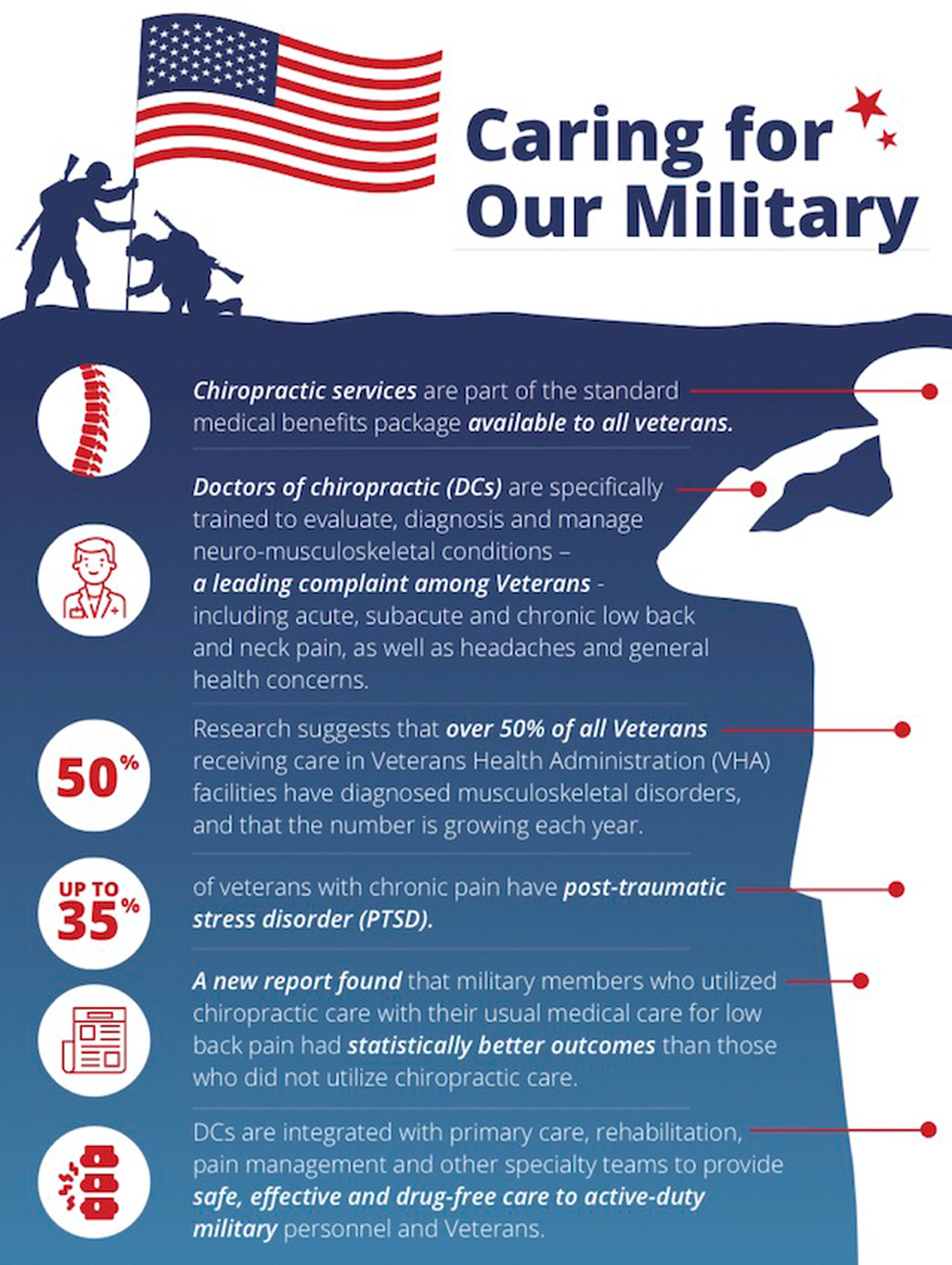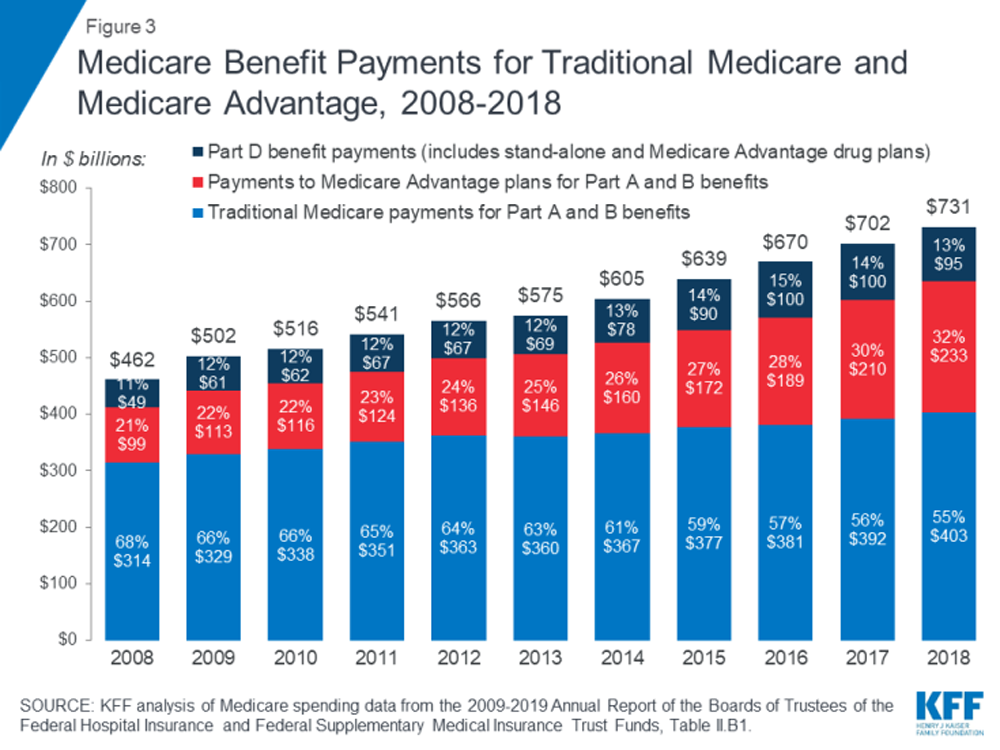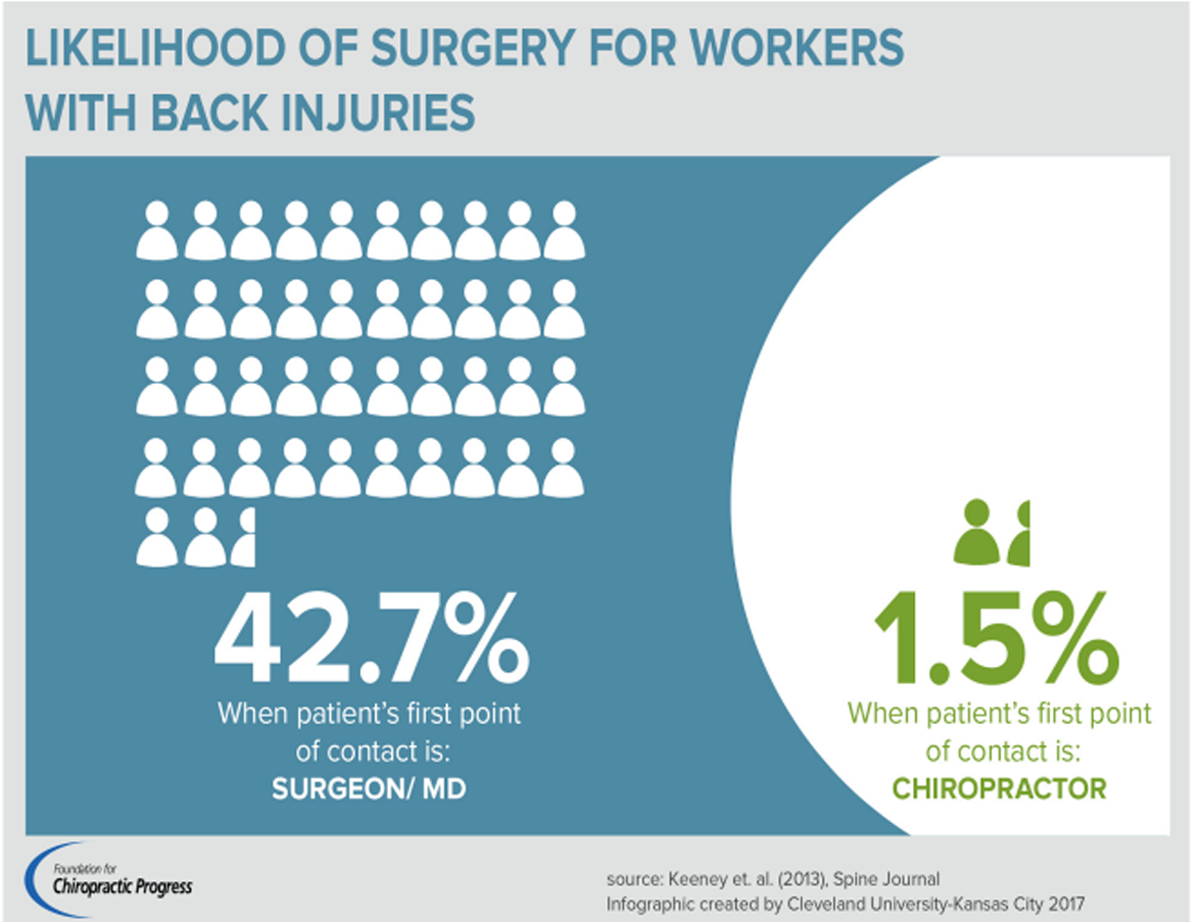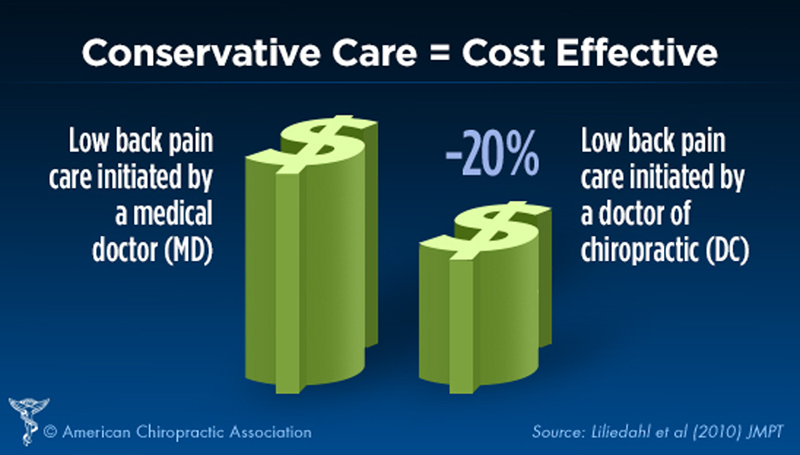Cost-Effectiveness of Manual Therapy for the Management of Musculoskeletal Conditions: A Systematic Review and Narrative Synthesis of Evidence From Randomized Controlled Trials
SOURCE: J Manipulative Physiol Ther. 2014 (Jul); 37 (6): 343–362
Alexander Tsertsvadze, MD, MSc,
Christine Clar, PhD, Rachel Court, MA,
Aileen Clarke, MD, Hema Mistry, PhD,
Paul Sutcliffe, DPhil
Senior Research Fellow,
Warwick Medical School,
University of Warwick, Coventry, UK.
OBJECTIVES: The purpose of this study was to systematically review trial-based economic evaluations of manual therapy relative to other alternative interventions used for the management of musculoskeletal conditions.
METHODS: A comprehensive literature search was undertaken in major medical, health-related, science and health economic electronic databases.
RESULTS: Twenty-five publications were included (11 trial-based economic evaluations). The studies compared cost-effectiveness and/or cost-utility of manual therapy interventions to other treatment alternatives in reducing pain (spinal, shoulder, ankle). Manual therapy techniques (eg, osteopathic spinal manipulation, physiotherapy manipulation and mobilization techniques, and chiropractic manipulation with or without other treatments) were more cost-effective than usual general practitioner (GP) care alone or with exercise, spinal stabilization, GP advice, advice to remain active, or brief pain management for improving low back and shoulder pain/disability. Chiropractic manipulation was found to be less costly and more effective than alternative treatment compared with either physiotherapy or GP care in improving neck pain.
CONCLUSIONS: Preliminary evidence from this review shows some economic advantage of manual therapy relative to other interventions used for the management of musculoskeletal conditions, indicating that some manual therapy techniques may be more cost-effective than usual GP care, spinal stabilization, GP advice, advice to remain active, or brief pain management for improving low back and shoulder pain/disability. However, at present, there is a paucity of evidence on the cost-effectiveness and/or cost-utility evaluations for manual therapy interventions. Further improvements in the methodological conduct and reporting quality of economic evaluations of manual therapy are warranted in order to facilitate adequate evidence-based decisions among policy makers, health care practitioners, and patients.
From the FULL TEXT Article
Introduction
Manual therapy is a skilled nonsurgical conservative management using the practitioner’s hands and/or fingers on the patient’s body for the purpose of assessing, diagnosing, and treating a variety of symptoms and conditions. [1, 2] Manual therapy is used within the traditional medical (eg, physiotherapy, orthopedics, and sports medicine) and complementary and alternative medicine context (eg, chiropractic and osteopathy) and consists of different techniques (eg, manipulation, mobilization, static stretching, and muscle energy techniques). The definition and purpose of manual therapy vary across health care professionals.
The use of manipulation and mobilization has been recommended in clinical practice guidelines in the United States, Great Britain, Canada, and the Netherlands. [3-9] Although past research evidence on the clinical effectiveness [10-19] and safety [20-27] of manual therapy relative to other interventions is abundant, the evidence on cost-effectiveness is insufficient and inconclusive. [28-36] Moreover, to our best knowledge, a systematic review of full economic evaluations of recent evidence (ie, cost-effectiveness [CEA] and/or cost-utility analysis [CUA]) alongside randomized controlled trials (RCTs) of manual therapy has not been conducted. In light of limited health care resources, policy makers, health care providers, and researchers need to make informed decisions in prioritizing and allocating resources to the provision of health care interventions that are both effective and cost saving. Ideally, the decision-making process should be based on high-quality evidence summarizing incremental costs and effects of a health care intervention of interest compared with alternative interventions.
Read the rest of this Full Text article now!






Leave A Comment